Failing out loud
Have you ever put off starting something because you were worried you wouldn’t succeed at it?
Or been so afraid to fail, you didn’t start at all?
Fear of failure can stop us from trying new things and taking creative risks. But what if we learned to think of failure as a tool for critical thinking and building resilience?
Rethink Failure is a digital learning programme for school pupils aged 11 to 13 that challenges them to try, fail, fix, and learn their way to solving problems.
Delivered by the education charity Gen+, in partnership with Daydream Believers, this programme puts learners’ social intelligence, innovation, and leadership skills into practice.
We were tasked with conceptualising and designing an interactive learning experience that turns failure into fun and setbacks into opportunities for self-improvement.
Unlearning a limiting mindset
When success is measured in trophies and certificates, it’s tricky to unlearn what we know about failure. School students today face a daunting future. But a change in mindset could better prepare them to lead with ingenuity and resilience. Their ability to solve and adapt to complex global challenges like climate change, socio-economic inequalities, and digital transformation depends on it.
Our research revealed two insights that would go on to shape this learning experience:
1. A fear of failure leads to inaction and poor mental health.
2. Embracing failure leads to increased creativity and resilience.
We set out to reframe failure as a part of the creative process to encourage a healthier approach to setbacks and improve students’ critical thinking.
Future-focussed education
Rethink Failure helps to prepare young people for life beyond school by teaching them how to make intelligent mistakes—turning iteration into innovation. The learning activities include building a paper plane that flies the shortest distance, taking part in a quiz where only wrong answers are right, and even flipping failure’s negative reputation by rebranding it.
Victoria Vardy, CEO of Gen+ said, “This isn’t just education for inquisitive minds; it’s a paradigm for future-focused teaching.”
Wellbeing warriors
In a survey of 11 to 18-year-olds by the British Youth Council, young people stated that health and wellbeing are their biggest concerns. To mobilise this generation’s interest in mental health, we built relevant real-world challenges into the experience, such as reducing excessive screen time through game design.
We also made wellbeing one of the main ways in which the students document their progress during the experience. At the end of each lesson, learners are invited to reflect on their feelings and choose an illustration that represents their current mood. This mood log is turned into an infographic, visually representing the emotional rollercoaster the creative process can take you on. And, more importantly, normalising the many emotions we experience during the lifecycle of a project.
Eye-popping design
Formal learning environments can stifle experimentation. To shake things up, the illustrations for Rethink Failure were given a tongue-in-cheek tone, depicting relatable experiences with wry humour. From deathbed doomscrolling in the 17th century to the modernist ‘Thinker’ statue problem-solving on the porcelain throne.
Like popping candy for the eyes, their luminous colours are designed to jolt the imagination, while the collage style reflects the scrappy piecing together of ideas during the creative process. One minute you’re thinking about tandem bikes, the next about Bob Ross. These fanciful images are an invitation to play.
Clarity first
In every classroom there are students with different reading and comprehension abilities. Each of the eight lessons in Rethink Failure are designed to strike a balance between accessibility with engagement. Our clarity-first approach to the body copy ensures that students are guided through the interactive learning experience with easy-to-follow steps and digestible takeaways that don’t get lost in a cloud of word-play. Meanwhile, the intriguing headlines and humorous hand-scribbled annotations echo the energy of the visuals, piquing the students’ interest.
The proof is in the pilot
The illustrations were crucial in crafting a learning experience that appeals to young people. Over 700 school students across Scotland took part in a pilot of the programme, with 93% reporting that they found the lessons “cool, different and entertaining”.
Students also fed back that the experience helped change their mindset around failure. One student shared, “I learnt to be more resilient”. Another reflected, “I learnt new things about what some people had to do to get success.” A third simply noted, “failure is important.”
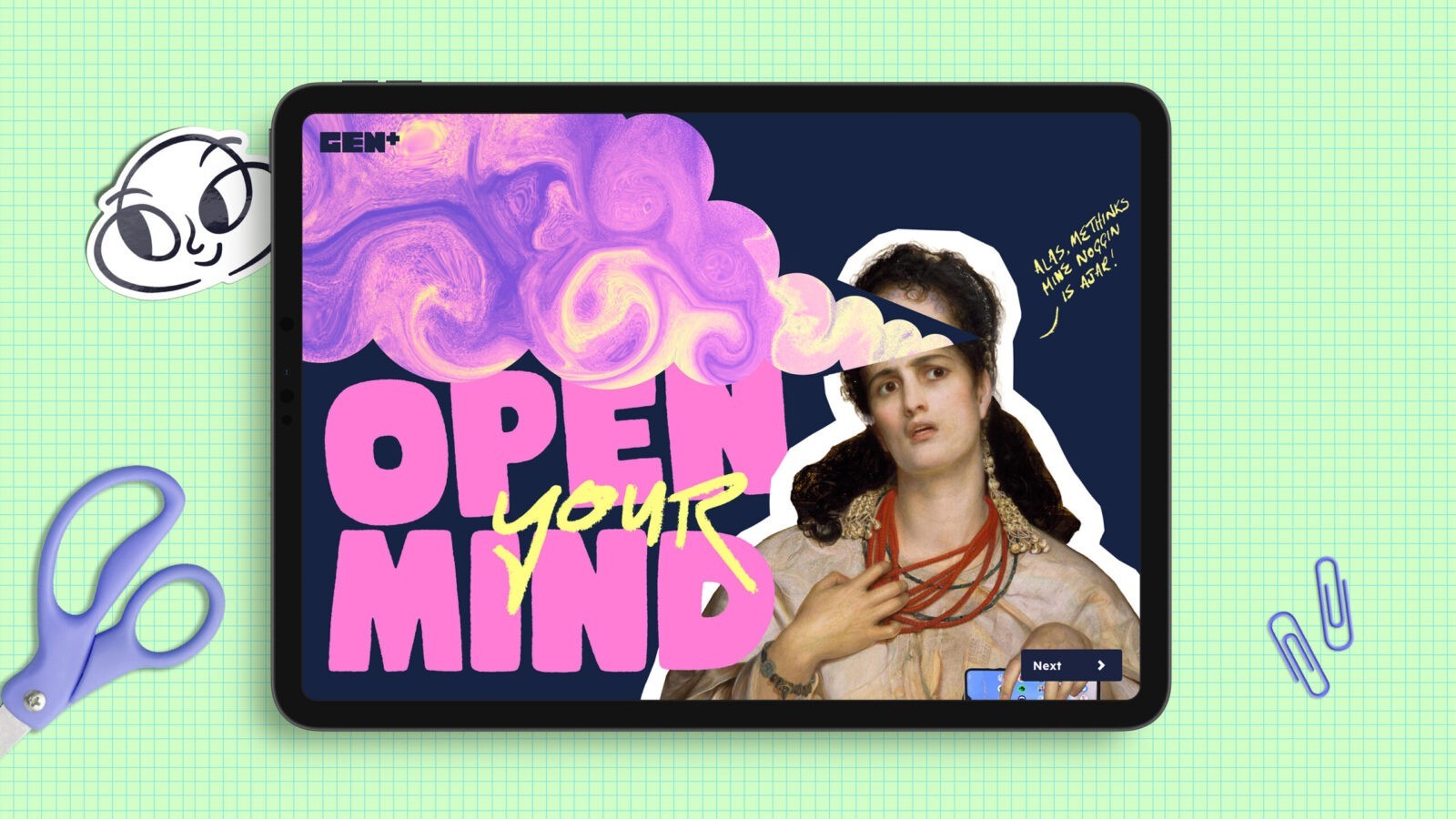
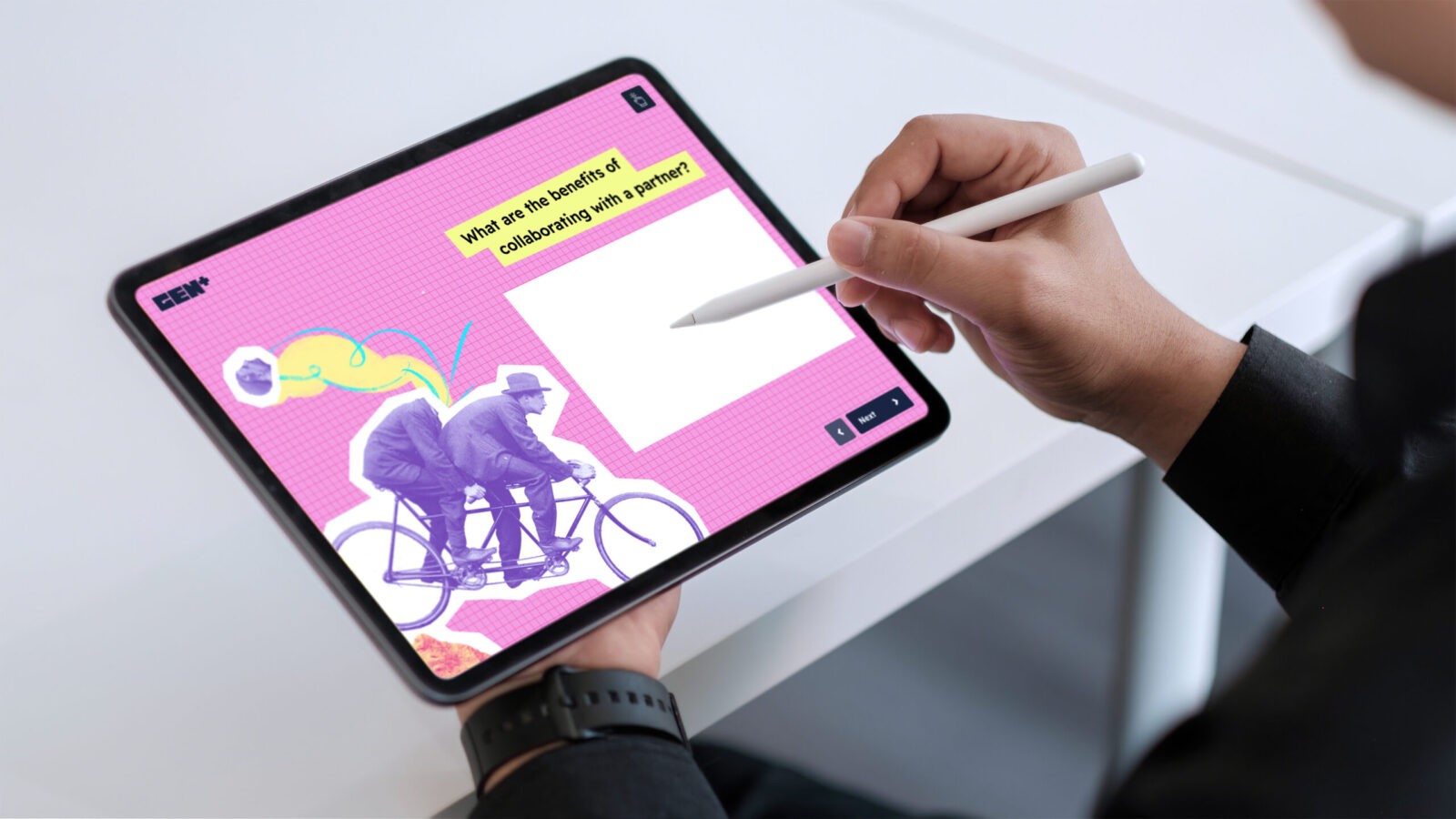
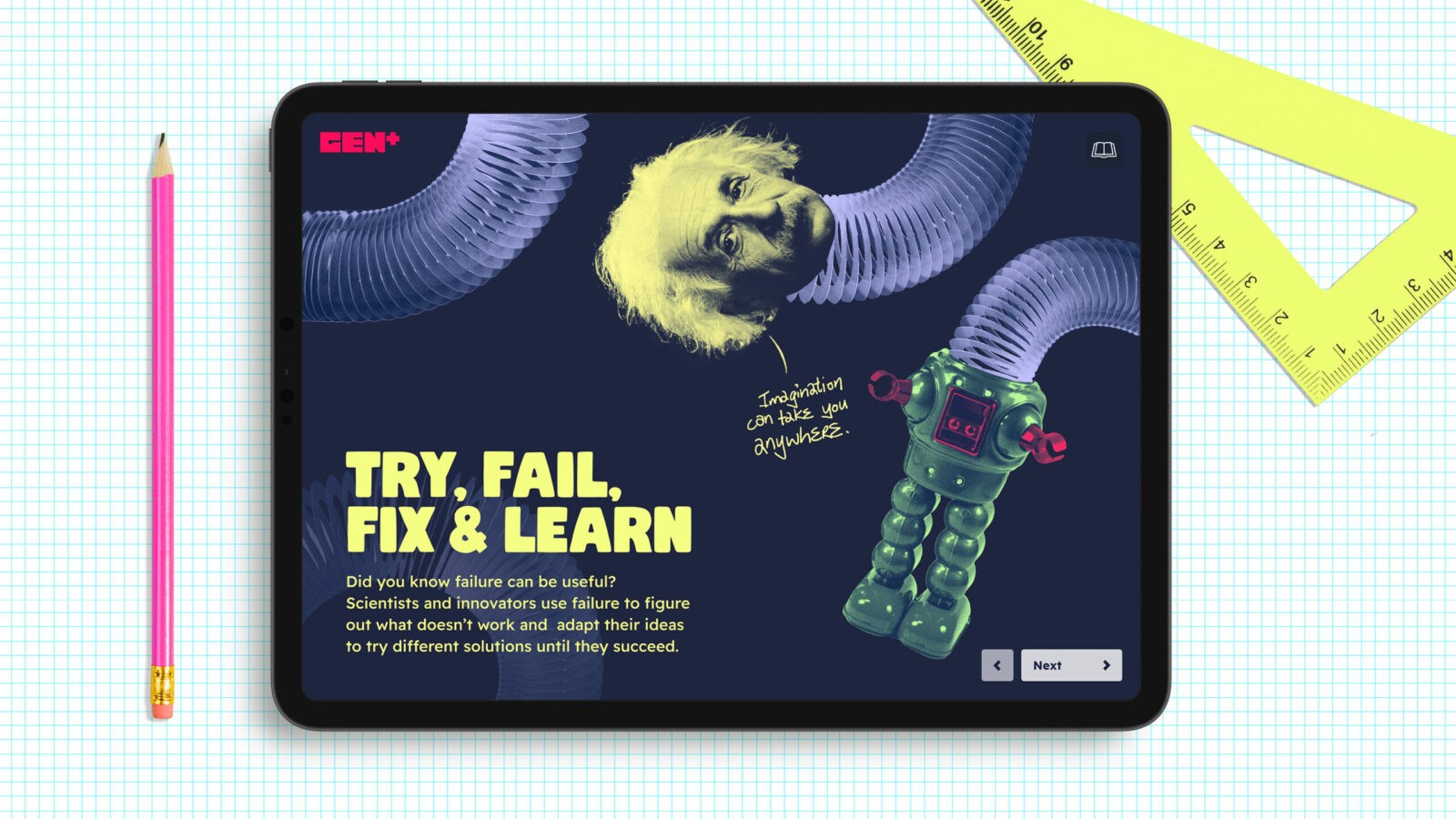
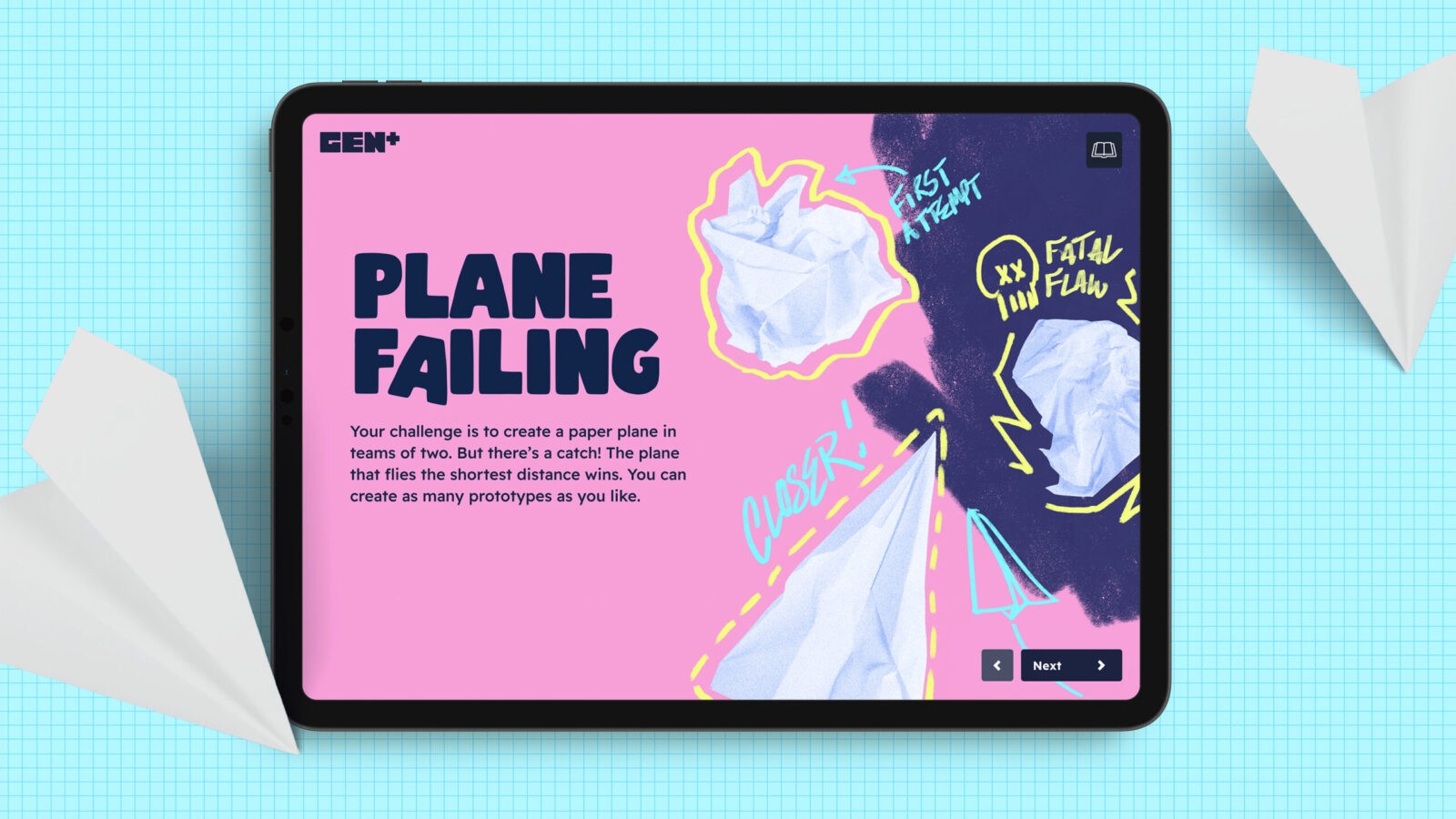
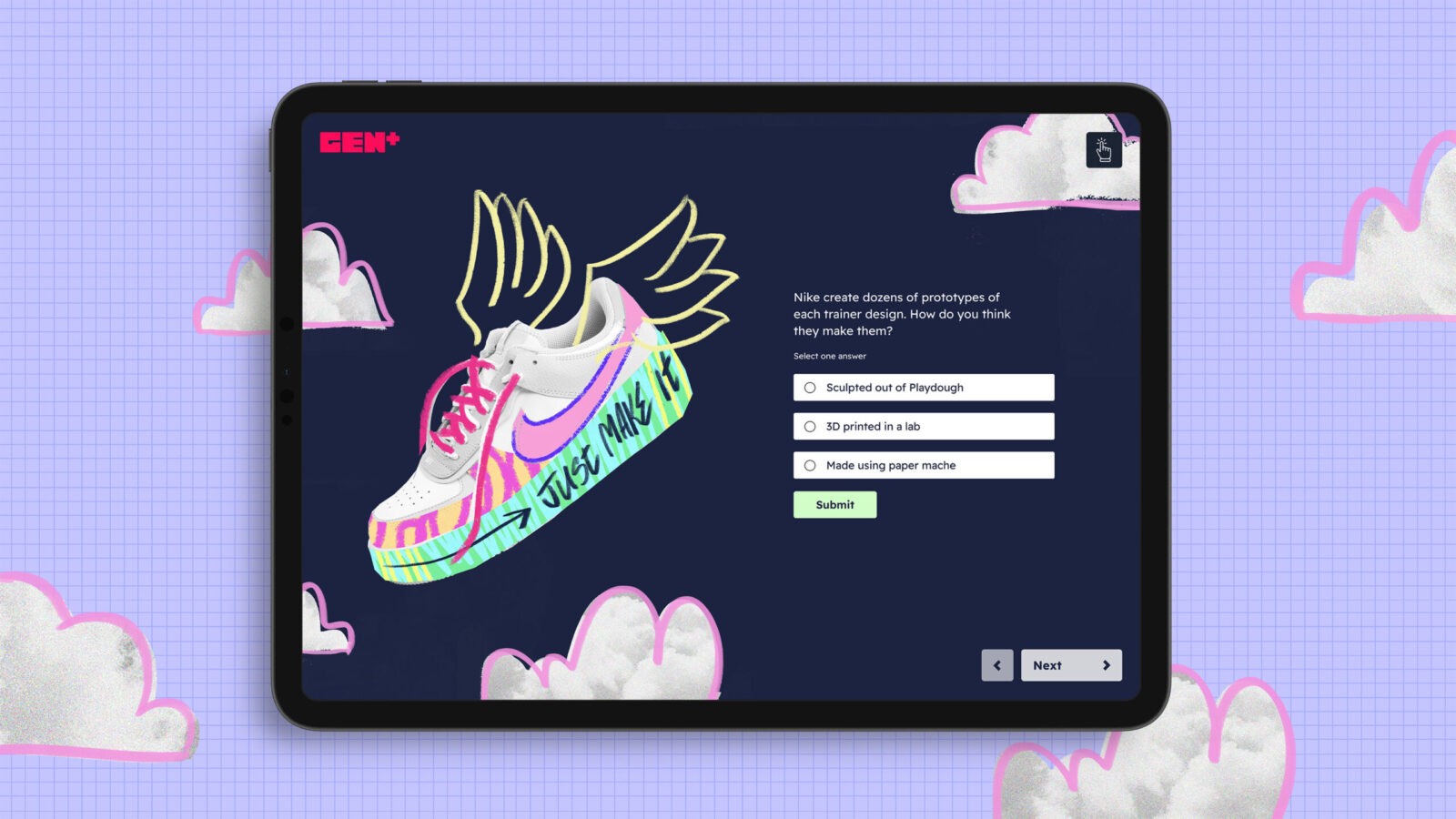
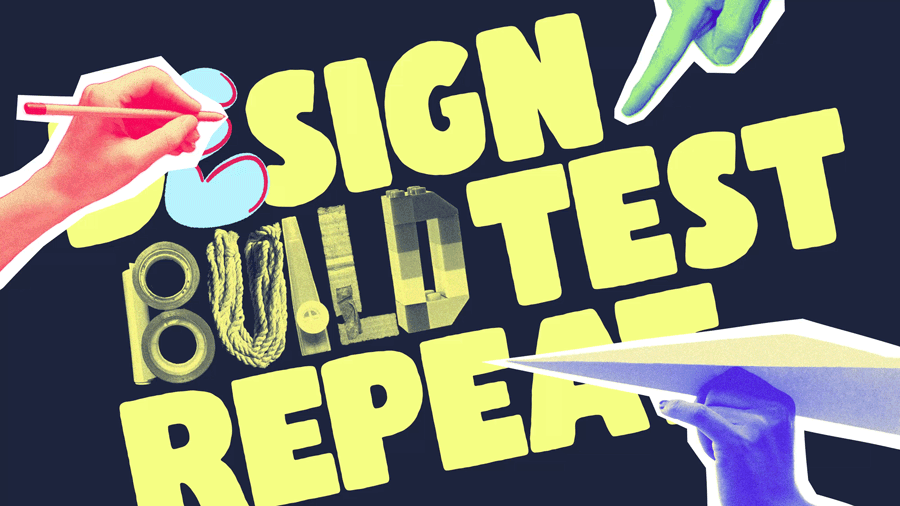
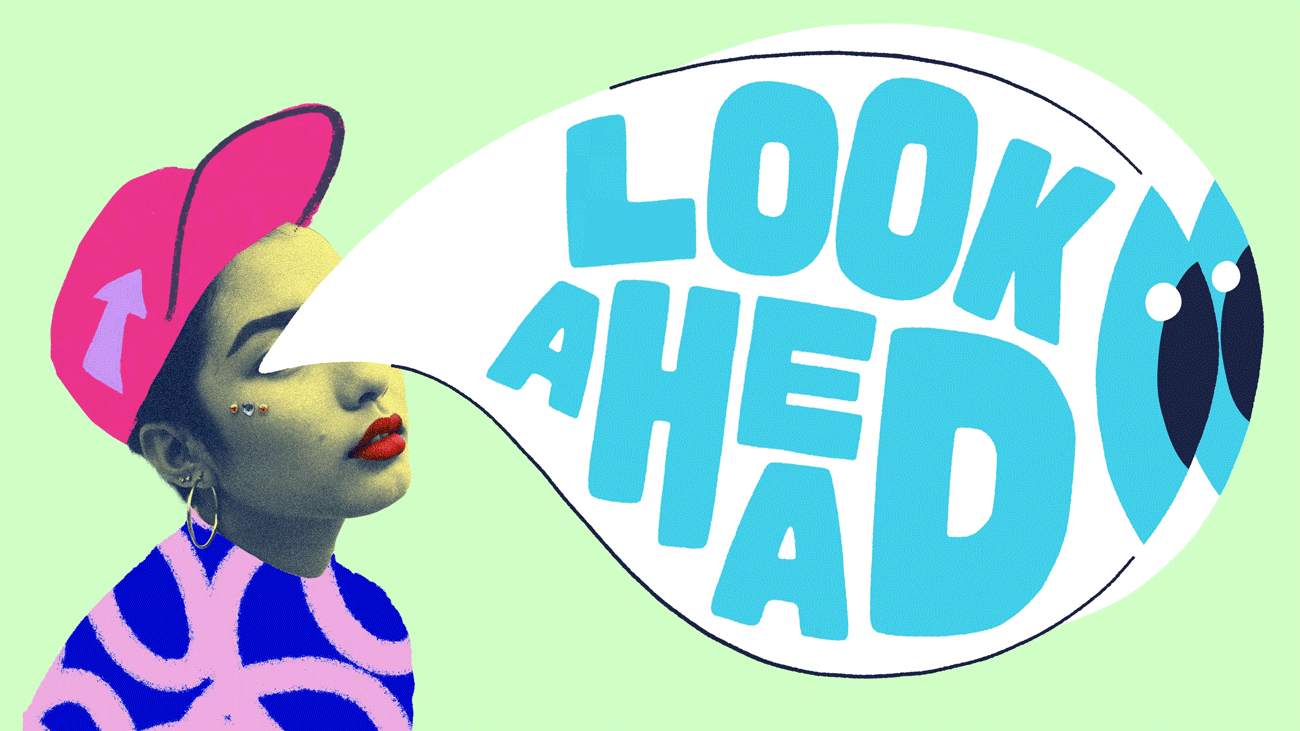
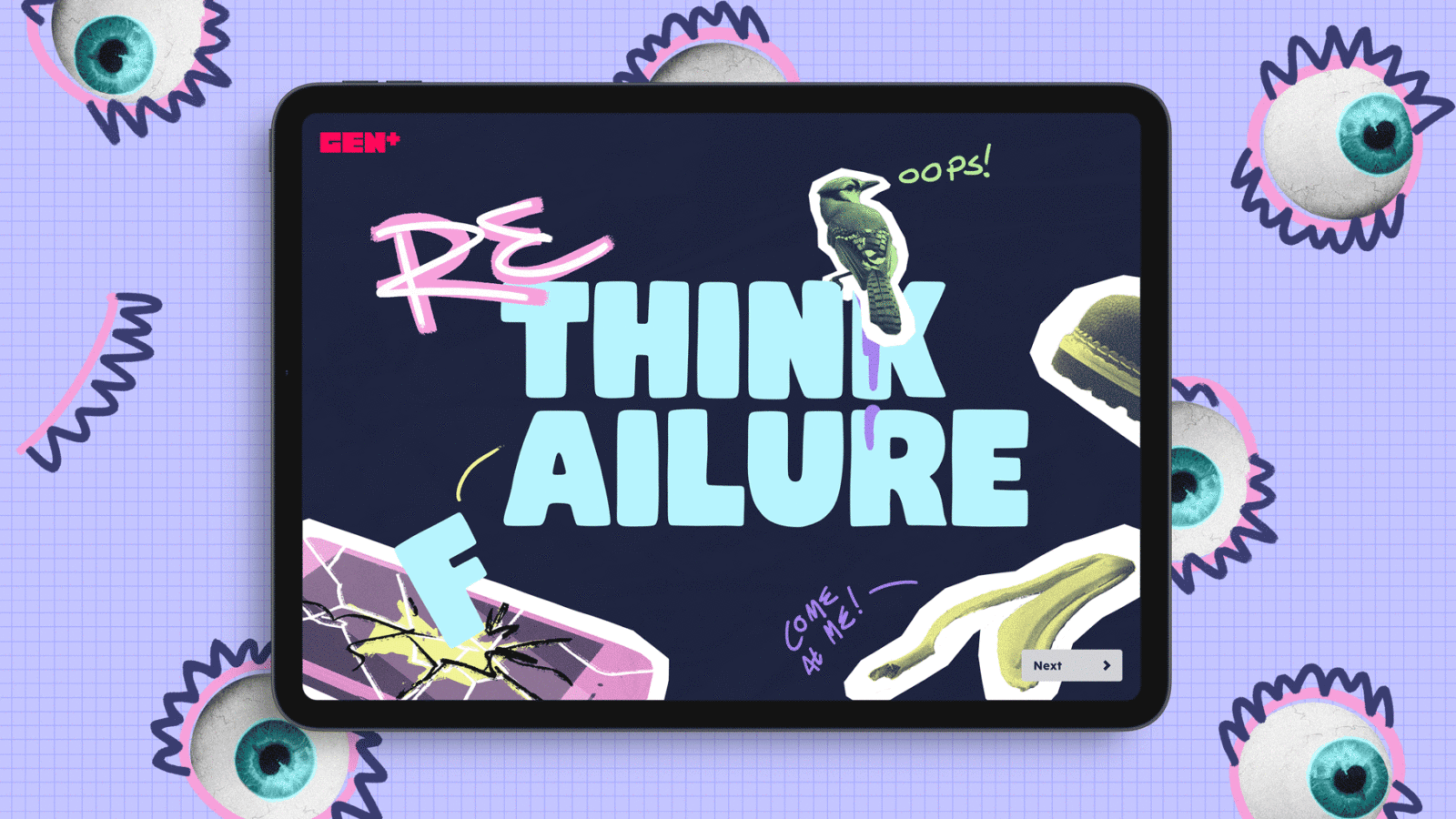
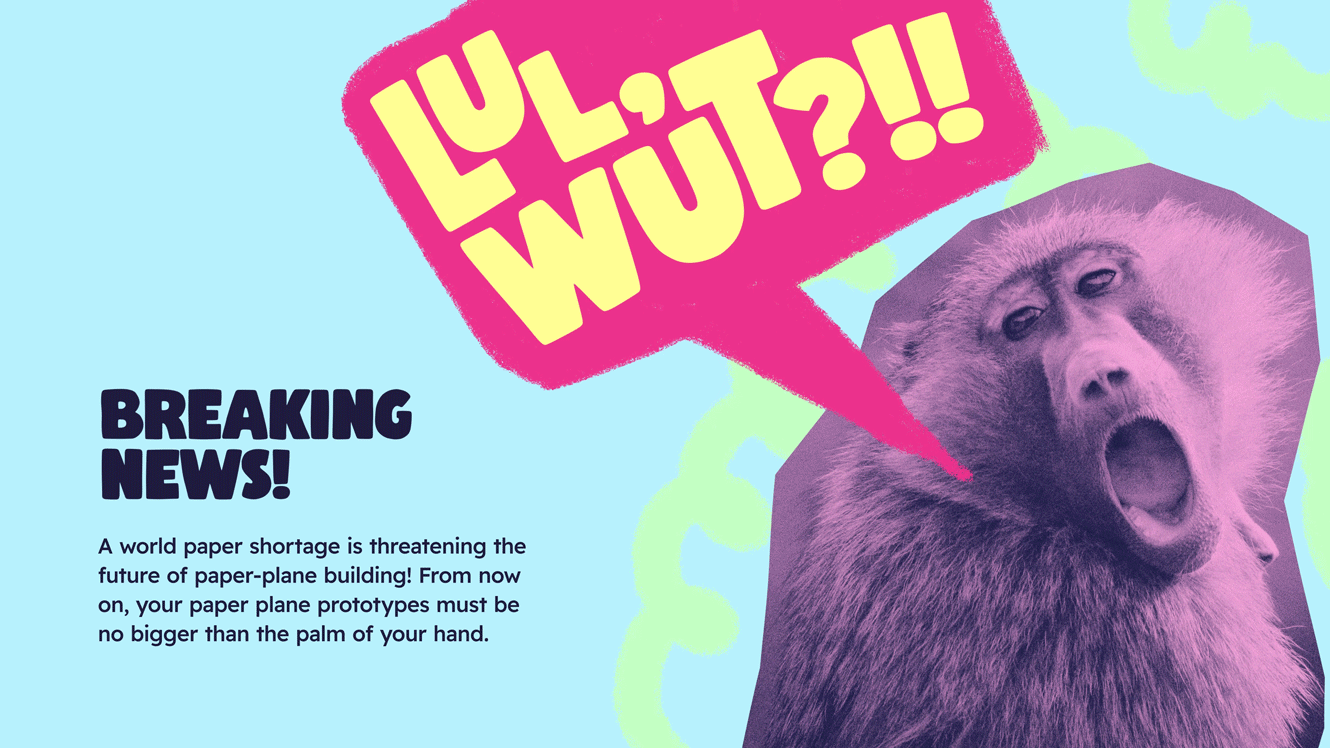
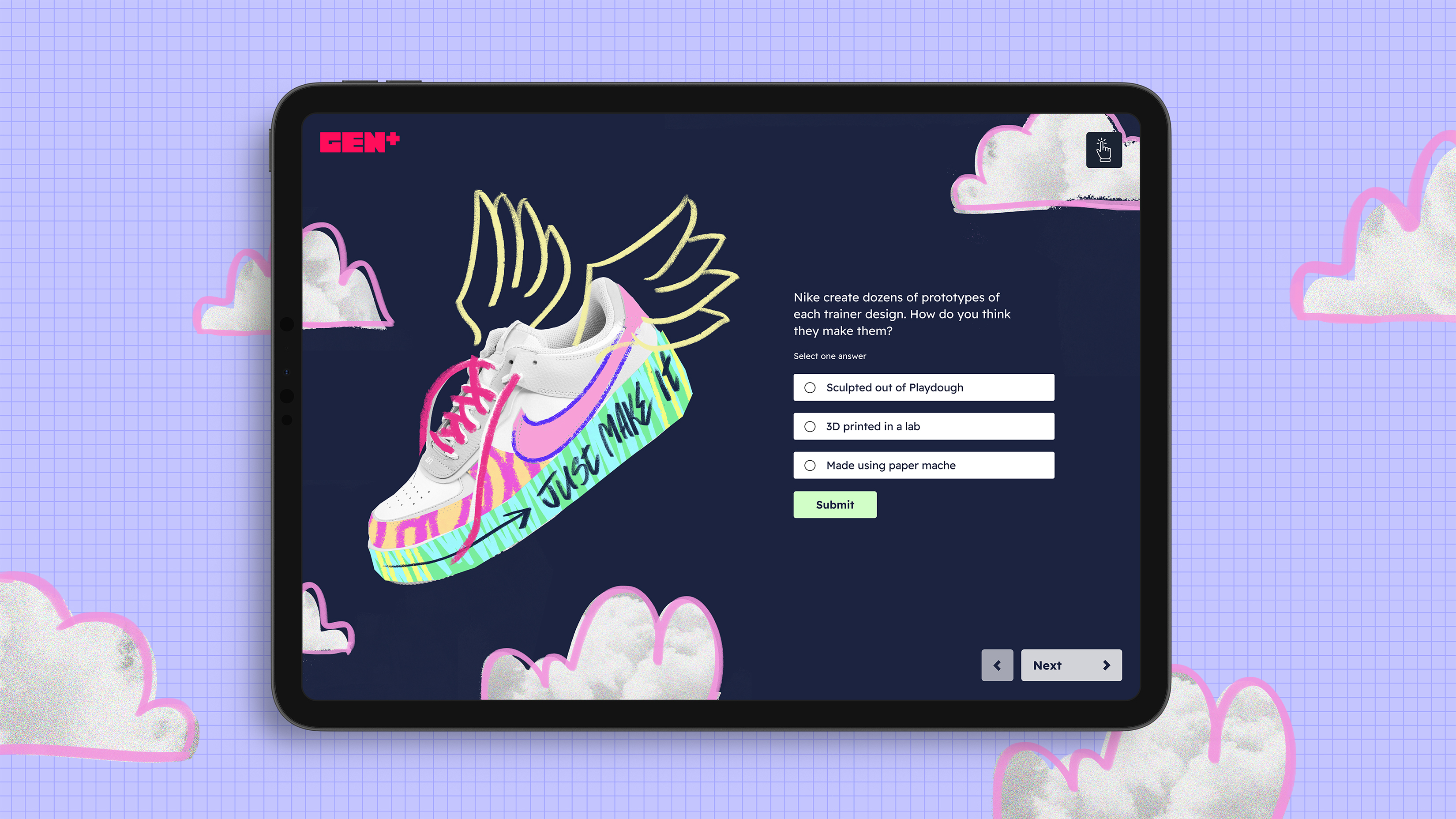
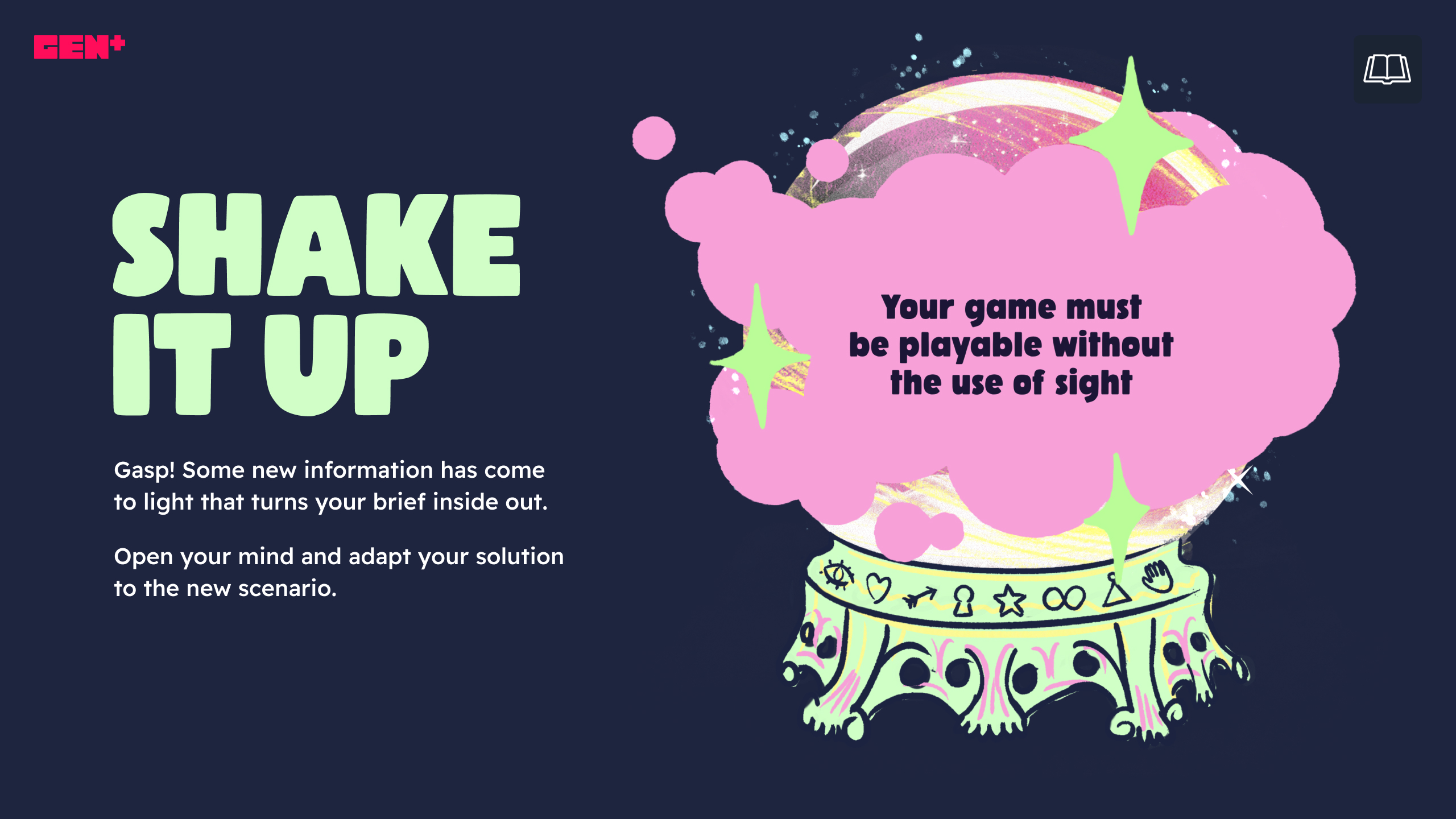
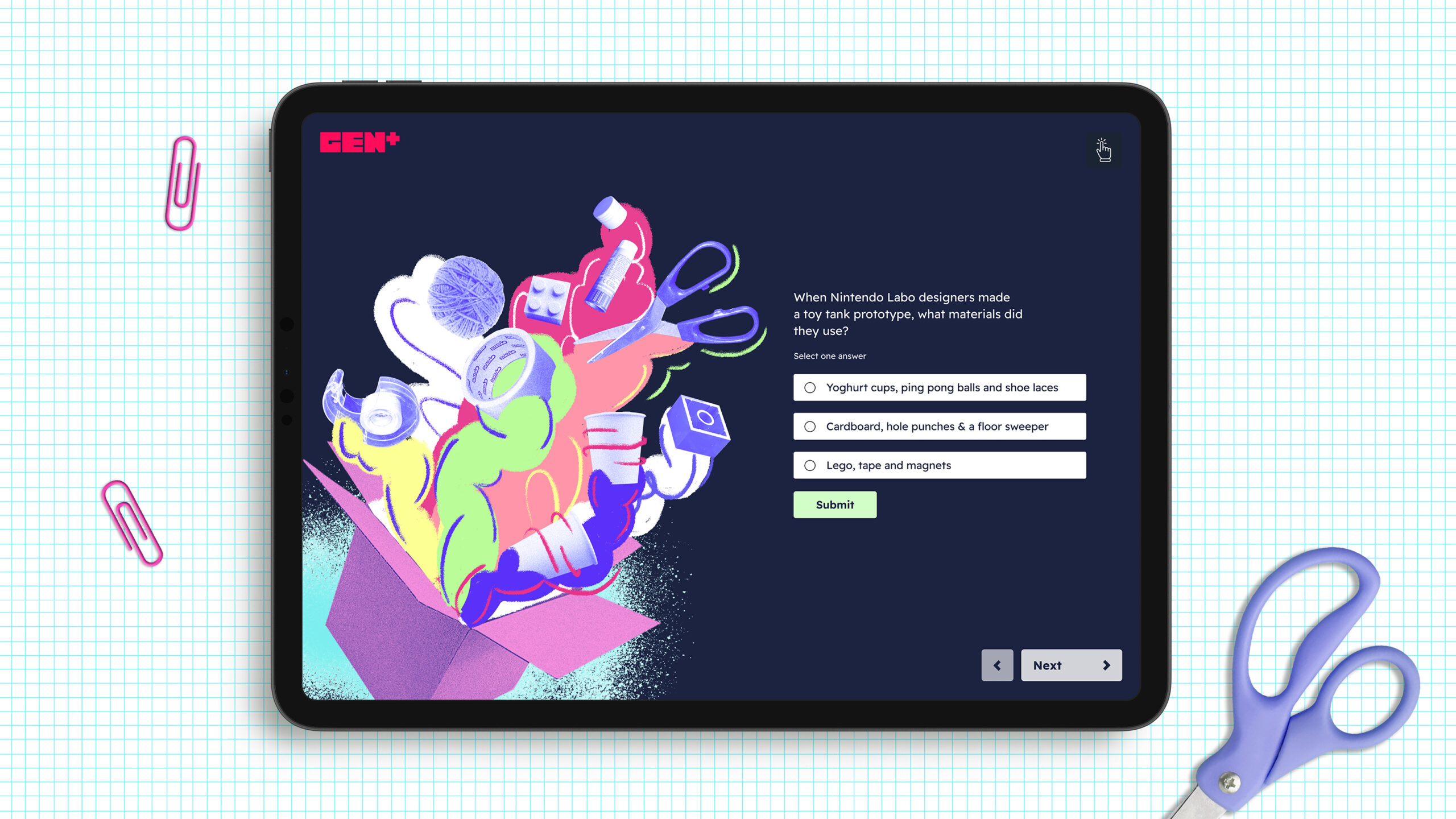
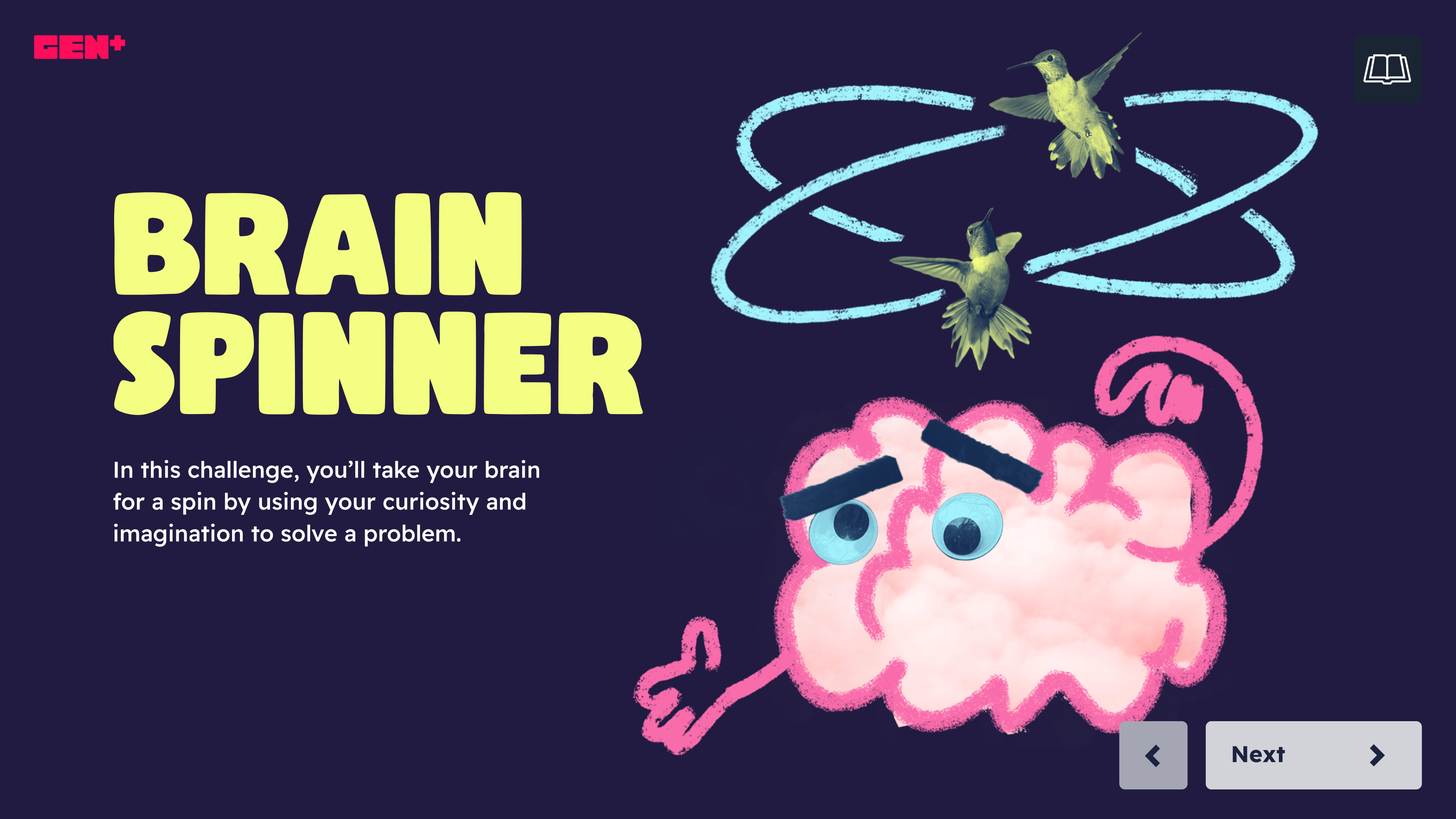
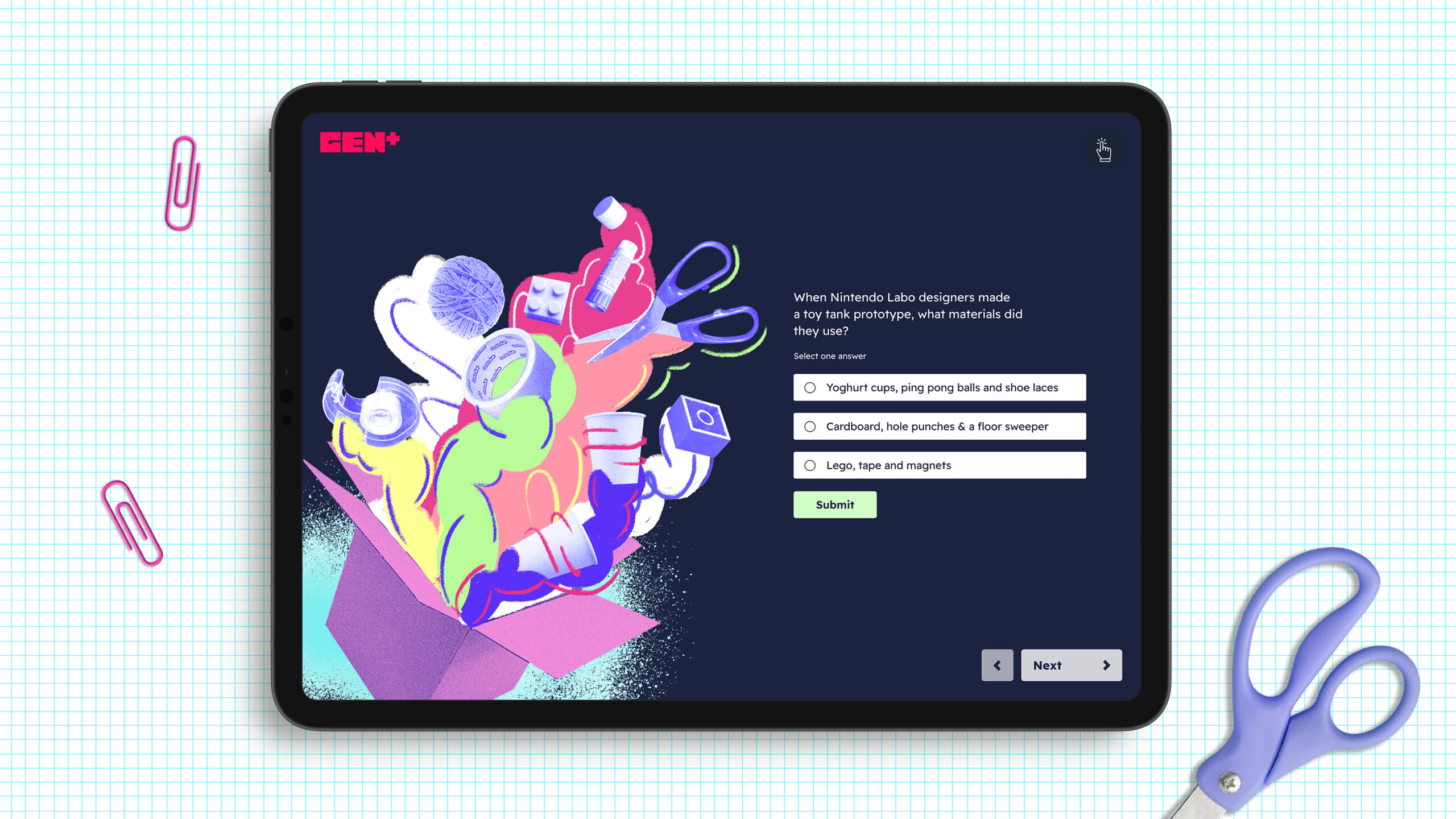
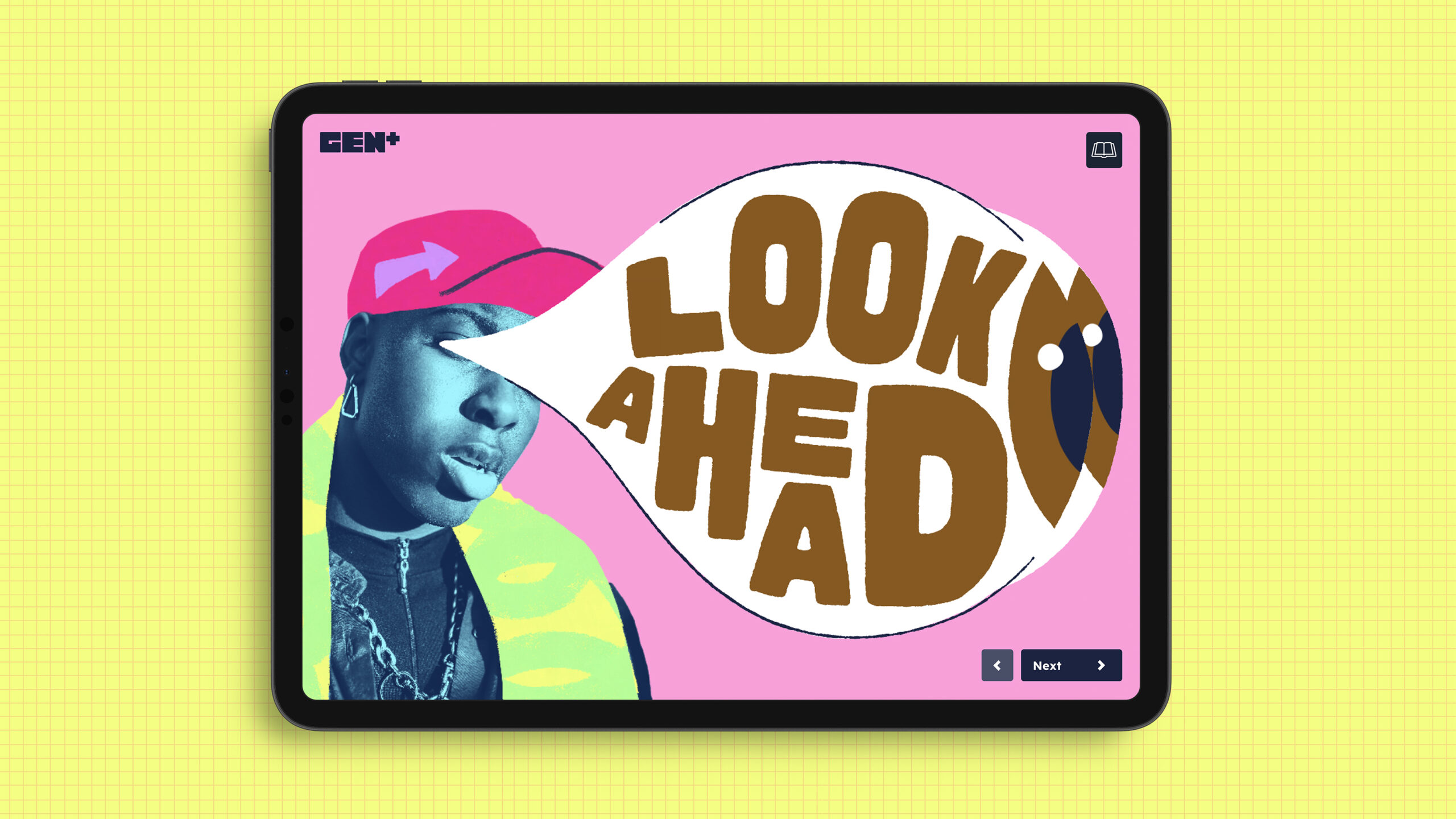
CREDIT
- Agency/Creative: Kirsten Murray
- Article Title: Kirsten Murray’s ‘Rethink Failure’ Transforms Education by Turning Setbacks into Stepping Stones
- Organisation/Entity: Creative
- Project Status: Published
- Agency/Creative Country: France
- Agency/Creative City: Lyon
- Market Region: United Kingdom
- Project Deliverables: Graphic Design, Illustration, Writing
- Industry: Education
- Keywords: WBDS Creative Design Awards 2024/25
- Keywords: WBDS Creative Design Awards 2024/25











